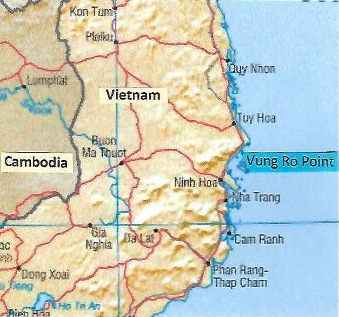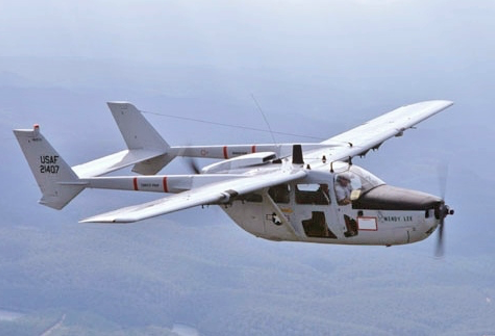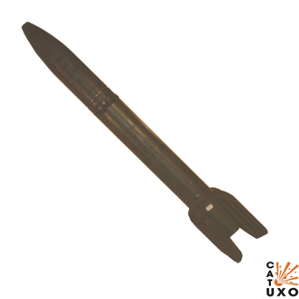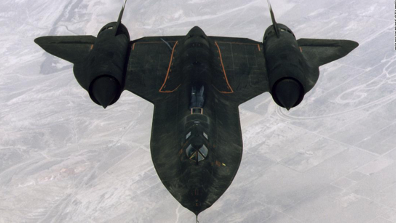Flying north along the South China Sea coastline from our home base at Ninh Hoa, before we got to Tuy Hoa and Qui Nhon, the Vung Ro Point, a mountainous protrusion, formed the eastern-most point of Indochina. Vung Ro was home to some particularly unpleasant bad guys. If we were continuing north, we would fly wide of the point at 2,000 feet elevation, flying out over the ocean [“feet wet” we called it] just far enough that we could safely autorotate back to the beach when the engine quit.
But if we were working in the Tuy Hoa river valley, where the Korean White Horse 1st Regiment, with three battalions and 12 companies was located, as we frequently did, we tried to slip through the Vung Ro pass, a narrow slot through the mountains that opened into the valley. There was said to be a radar-guided heavy machine gun in the pass, but I was lucky enough never to be able to confirm that story. Nonetheless, we always traversed that valley either above 2,000’ if we could, or else at treetop level, zigzagging as we went.
So, one day in May 1972, when I was still charlie-pop [new guy co-pilot], it was the end of a really long day of some forty combat sorties, flying rations, water, ammo and mail from the regimental headquarters to the dozen companies on pinnacle outposts around the Tuy Hoa Area of Operations. Weather that day had been low overcast with poor visibility. With my Aircraft Commander too tired to fly, I was at the controls taking us home. The clouds kept us from flying our customary 2,000’ safe altitude, so going around the Vung Ro Point, I was nursing the aircraft along feet wet as high as we could safely fly, about 1,600 feet, still within AK-47 range.
The most important single part of the Huey is the big nut that secures the rotor assembly to the mast. This part, the highest point on the bird, is affectionately known as the Jesus nut. So I was flying us along, trying the keep the Jesus nut barely in the clouds, still able to see.
The plan was, if we took fire, I would yank us up into the clouds and climb on instruments until we were well above the highest mountains in the vicinity [I was instrument rated, but the Aircraft Commander was not]. Then I would fly east until we were well out to sea, then slowly let down until we came out of the clouds, hopefully before we encountered the ocean, and visually navigate ourselves back home.
So, I was tooling along at 80 knots, tensely trying to skim the bottom of the clouds, worried about taking enemy fire, ready to snatch us up blindly into in the clouds, when suddenly, WHOOSH!!! Out of the cloud directly in front of me, just beyond the edge of our rotor disk, I saw the belly of an airplane flying straight down. “What the hell was that?”
With the image burned into my mind, I recognized the airplane with an engine in front and another just behind the cockpit, as what we called a ‘push me-pull you.’ It was an Air Force O-2 Skymaster, the bird that Forward Air Controllers (FAC) flew to call in and control jet airstrikes.
That damn FAC was flying aerobatic maneuvers in the clouds, and just missed a mid-air collision with us by less than 50’. And the idiot never knew how close he had come to incinerating us all. Apparently he just went on his merry way, completely unaware that his guardian angel had saved him from joining the six of us on the Huey at the pearly gates.
Idiot fixed-wing driver!
Phan Rang – 1972
An engineer buddy of mine told me this one. He was a captain, heading an engineer inspection team being flown around the country, when his ride landed one Saturday afternoon to remain overnight at Phan Rang airbase. After arranging for bunks and chow for his NCOs, he headed down to the Air Force Officers Club to see to his own needs.
Sitting at the bar, he struck up a conversation with a couple of the zoomies based at Phan Rang. A little before 6:00 PM the guys at the bar started to clear out, and his drinking buddies said, “Come on. You’ve got to see this.”
A whole crowd of people were gathering outside, checking their watches and clearly waiting for something. Finally, someone said, “Here it comes,” and everyone looked northwest, where a rocket plume was rising from the hill overlooking the airfield. Dang, if a 132mm Soviet Katyusha rocket wasn’t heading directly toward them. As they watched, it flew straight over their heads, across the runway and impacted harmlessly in a rice paddy just beyond the base perimeter.
A cheer went up among the gathered crowd, with comments of, “Great shot,” and “All right!” and “Better than average,” and “Nine point oh, at least.” Someone said, “Did you get all that?” and he turned around to see a medic with a Super 8 mm movie camera, who had apparently filmed the entire scene.
As the crowd began to disperse and the club patrons headed back to the bar, my buddy asked, “What the hell was that?” Here is the explanation he got:
There was a lone Viet Cong soldier camped on the back side of the hill. Every Saturday evening at precisely 6 PM he fired his single rocket over the airbase, ensuring it landed harmlessly outside the perimeter. He then reported to Hanoi that his rocket had successfully blown up four American fighter jets, two transport aircraft and a fuel truck. Sometimes he blew up the control tower. And each week the North Vietnamese Army would send him one more heavy rocket, carried by hand all the way down the Ho Chi Minh trail.
My buddy asked, if they knew where this bad guy was, why didn’t they just go out and pick him up? The answer was, then Hanoi would just send somebody else who would probably try to actually do some damage.
They had a nice arrangement going.
** A Katyushs rocket is 57 inches long, 95 pounds, warhead 12.4 pounds TNT.
Blackbird – 1972
One afternoon in August ’72, I was now an Aircraft Commander with my own unique callsign. This late in the war, the American forces had really been drawn down, and I realized we had not seen another helicopter for several hours. When you are flying over bad-guy country in a single-engine aircraft, the idea that no one is around anywhere to hear a ‘mayday’ call if you are going down is troubling.
While my charlie-pop continued flying our mission, to assuage my concern I reached out and flipped our radio to the universal emergency channel, called “guard.” I keyed the microphone and called, “Commo check on guard.” No response. Again, “Commo check on guard.” Absolutely nothing, which was beginning to make me nervous. Once more, “Commo check on guard. Is anyone there?”
Back came a response, “Aircraft calling on guard, this is Blackbird 081.”
“Blackbird 081, this is Ghost Rider 8. Good to hear your voice.”
“This is Blackbird 081. You sound like a helicopter. If you are in trouble, I’m afraid I can’t be much help. I am at Angels 85, but I could try to relay.”
He had just told me he was flying at 85,000’ altitude, which meant he was an Air Force SR-71 spy plane, flying over 2,000 mph.
“Blackbird 081, Ghost Rider 8 is a UH-1 at Angels TWO! No emergency, just wanting to hear another aircraft.”
“Ghost Rider 8, Blackbird 081. Rog ….” In the time we were talking, he had already flown over the horizon. At least I knew the guard channel on my radio worked.





Old Weird’s bits are most entertaining. Keep ’em coming.
Pete
Thanks Guy, appreciate the anecdotes.
Interesting stories Guy. Just goes to show you, we have to keep an eye out for those folks that drive airplanes/helicopters. Never can tell where they’ll show up 🙂